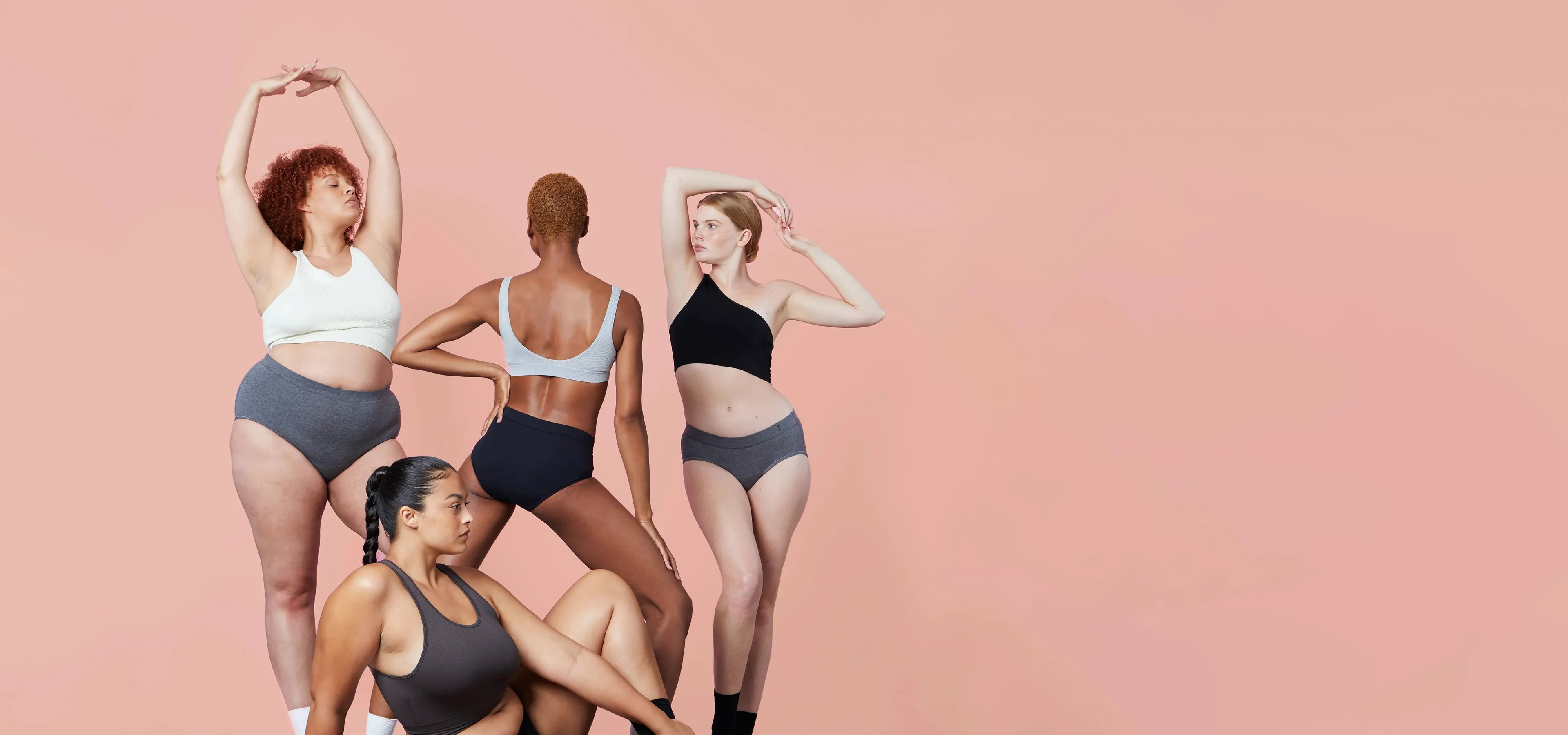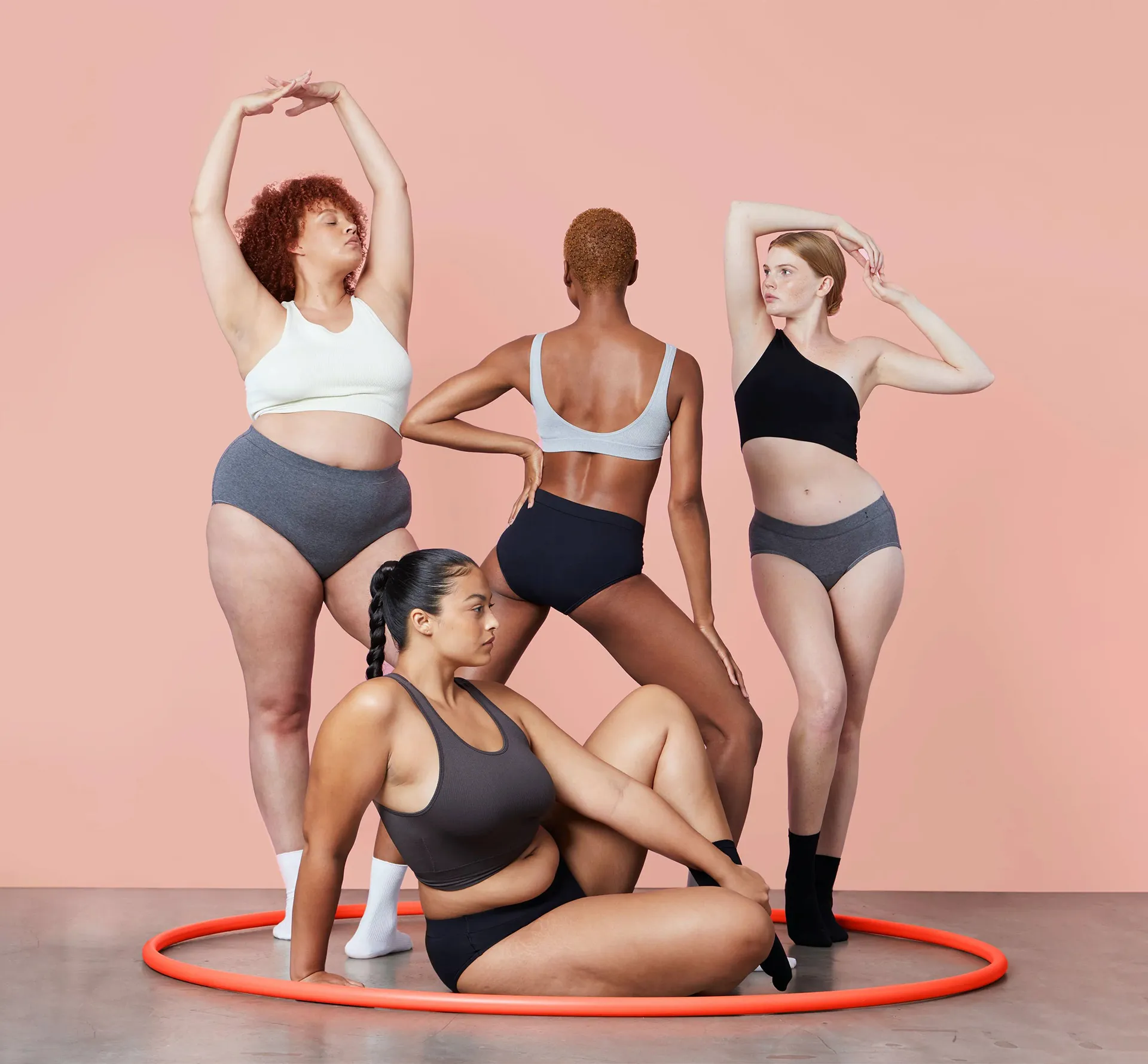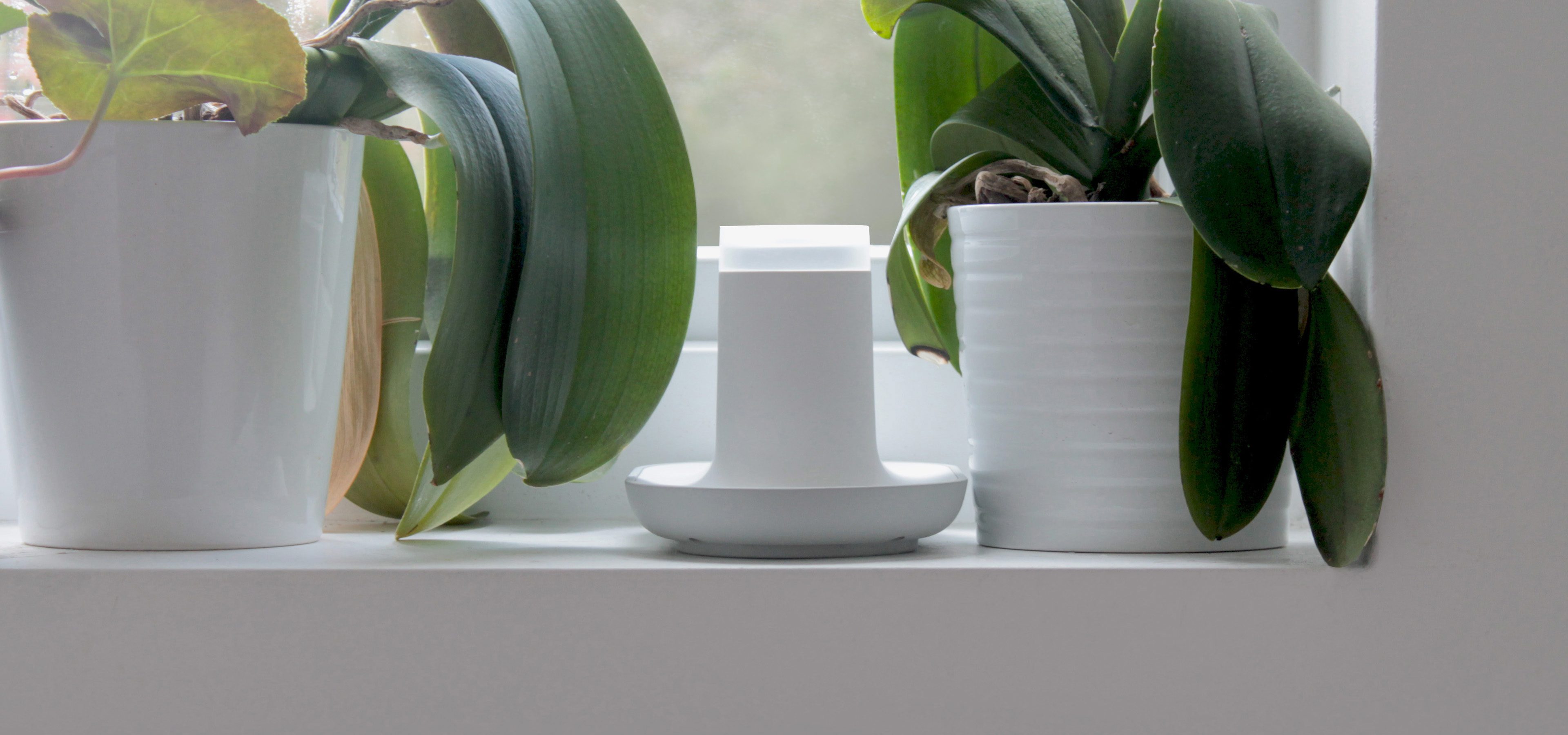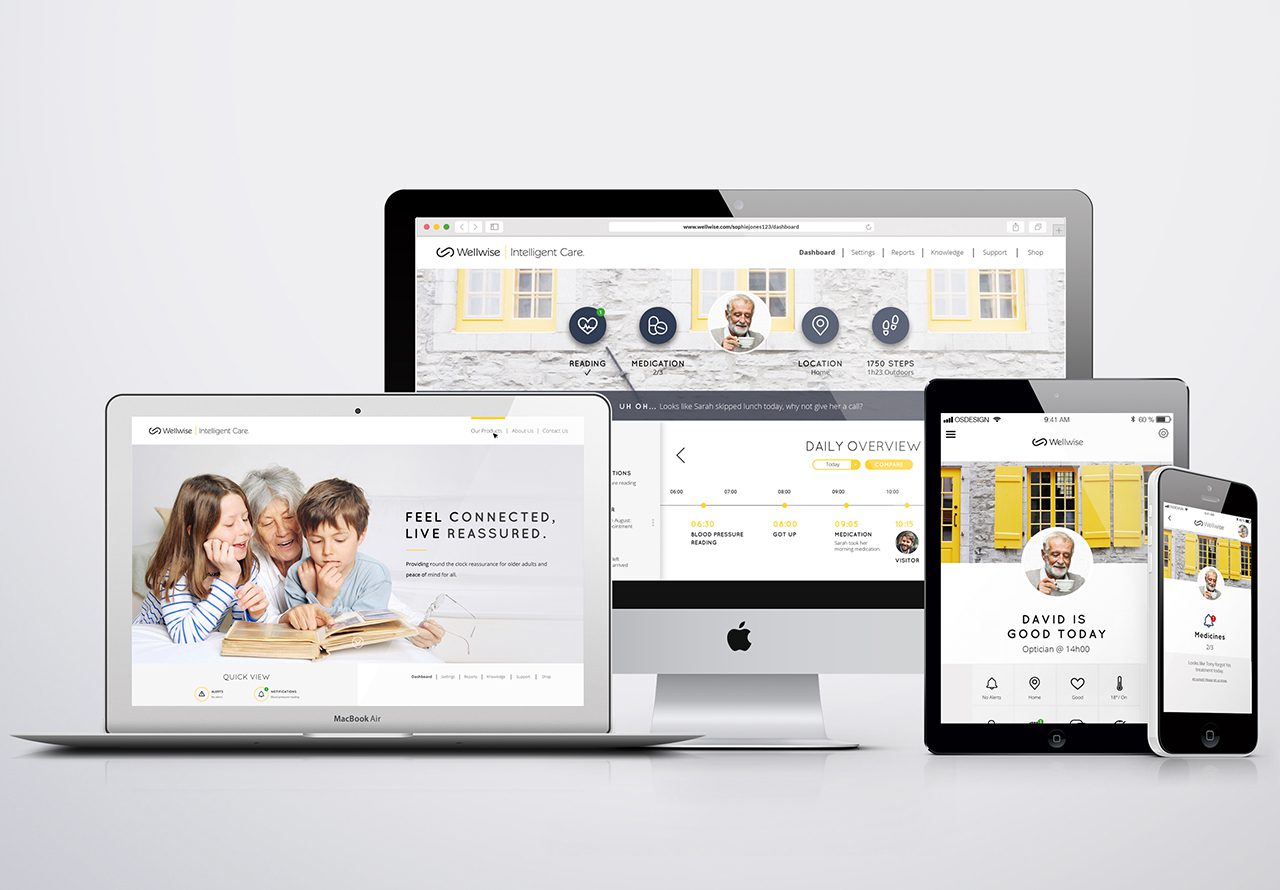What’s your purpose?
In this piece, we explore the explosion of purpose driven brands, dive into what’s driving the shift from impact to purpose, and look at how these brands are changing the face of business today.
We ask, ‘why are brands suddenly wearing their heart on their sleeve?’
(6 minute read)
Short on time? Use these links
Purposeful brands talk directly to Gen Z & Millennials
When it comes to the younger demographics, there’s more to purchasing decisions than price and targeting. Gen Z have a strong sense of what’s right — not just for their wallets, but for the world. In fact, according to the latest Edelman Trust Barometer, a staggering 84 percent of young Gen Z (14–17) say that they buy on beliefs, while 64 percent of 18–26 year olds say they’re an activist via brand choice.
It follows that purpose-driven companies witness higher market share gains and grow three times faster on average than their competitors, all while achieving higher workforce and customer satisfaction. But being purpose-driven is more than a tick-box exercise to drive sales. Inevitably, brands shouting about their mission will see short-term gains — but if its purpose is all smoke and mirrors, it won’t last.
Why you should take a stance…
Modern consumers expect brands to take a stand. From climate-conscious processes and plant-based products to inclusive design strategies, young people want to buy from companies that champion causes that matter. That means they’ll actively steer clear of brands who don’t take social responsibility seriously, and they certainly won’t hesitate to shine the spotlight on brands behaving badly.
Issues such as ethical production, human rights, health and wellbeing and environmental impact have never been so tightly linked with customer loyalty. As the pendulum swings, an opportunity arises for brands to grow stronger links with their customers through purpose-driven design that genuinely makes a difference.
Fighting for a sustainable future
With around 100 companies responsible for 71% of global emissions, it’s clear that no amount of recycling is going to solve the global climate emergency. Still, members of Gen Z aren’t about to give up on the cause.
Instead, they look to collaborate with and buy from brands who will do the right thing for maximum impact. To this demographic, inaction is not an option.
It’s time for your brand to put purpose first.
Consumer goods giant Unilever are responding accordingly, having spent the last decade repositioning their company to prioritise sustainability alongside profitability.
Former CEO Paul Polman brought the company back from decline by developing the Unilever Sustainable Living Plan and effectively proving that, as a company, you can do well by doing good.
Today, almost half of Unilever’s top 40 brands now focus on sustainability, and they are growing 69% faster than the company’s other brands, delivering more than 75% of the company’s growth.
Clearly, it is no longer seen as a risk to invest in sustainable practices, but a necessity to compete.
Getting off the upgrade wagon
In 2019, the volume of electronic waste generated worldwide was roughly 54 million metric tons.
Increased spending power, coupled with availability of electronics has seen e-waste become the fastest growing waste stream worldwide. Tackling this issue begins with transparency, and Logi is the first consumer electronics company to provide detailed carbon impact data on all its products with the aim of being net-zero by 2030.
Sustainable design is no longer a differentiator but a consumer base line.
Further, Logitech has made a big play to connect high impact, youthful industrial design and PCR (post-consumer recycled plastics) to reduce their impact on the planet whilst maximising their Gen Z appeal.
Across the board, they’ve significantly reduced the size, weight, and material usage throughout a range of gaming packaging, with the final package size reduced by up to 71%, depending on the product line.
This change has also allowed them to reduce the number of pallets required for every shipment. Together, these efforts have resulted in an estimated impact reduction of over 1,760 tCO2e per year.
Games without exclusion
Good games are accessible games. People of all ages and abilities should get to share in the enjoyment of exciting developments in this space.
As the conversation around inclusive design has gathered momentum, tech companies operating in the gaming space have realised how many individuals are being left out through restrictive design.
In 2018, Microsoft began laying the groundwork to overcome this, introducing its Xbox adaptive controller to facilitate gaming for people with health conditions or impairments.
Good design is always inclusive.
The company continues today to increase its focus on inclusive technology with its Inclusive Tech Lab, the successor of the original lab that was opened in 2017 by the Xbox team.
This is an inclusive design incubator where Microsoft and disabled communities can ideate and evaluate product design and direction.
Further, each piece of the new collection of Microsoft adaptive accessories is developed in partnership with the disability community to provide a highly adaptable and easy-to-use system.
Changing the conversation
Thinx advocates for menstrual equality around the world. Their new program EveryBody promotes inclusive education about sex and reproductive health.
They also work with partners like Girls Inc. and Alliance of Border Collaboratives to bring menstrual and incontinence products to people who need them.
Good design is progressive.
Thinx is changing the conversation around periods by using inclusive language like “people with periods” to include trans and non-binary people who menstruate.
This inclusive approach takes some of the discomfort away from buying those products for people of any gender and ensures that more people have access to period products worldwide.
Putting purpose first
Of the brands that have seen explosive growth and a critical mass of consumer endorsement, many are design led.
These brands understand the importance of fighting for future generations; they’re willing to challenge themselves to achieve better outcomes for people and the planet through design.
Inevitably, producing amazing things that people will connect with means having a deep empathetic understanding of the people you are designing them for. Ignoring their values and beliefs is simply no longer possible.
Instead, brands must seize this opportunity to understand the challenges facing the world and the causes close to the hearts of their customers. In doing so, they will be ready to innovate in a way that benefits society and build lasting relationships with their audience.
Purpose drives loyalty.
It brings consumers peace of mind that their purchases are creating a positive impact. Where some may be quick to jump on the bandwagon with the buzzwords-du-jour, the real winners of this changing landscape will be those who link purpose with profit to design products and services that truly make a difference.
We will amplify your purpose
If this resonates with your journey towards purpose driven design and innovation, we are here for you.
Together, we can help you unearth what is closest to the hearts of your consumers, solve wicked problems at the intersection of consumer and business, bring together beautiful design and meaningful experiences, and amplify the power of innovation fuelled with purpose.
We craft products and services that will tell your story as it should be told.

















